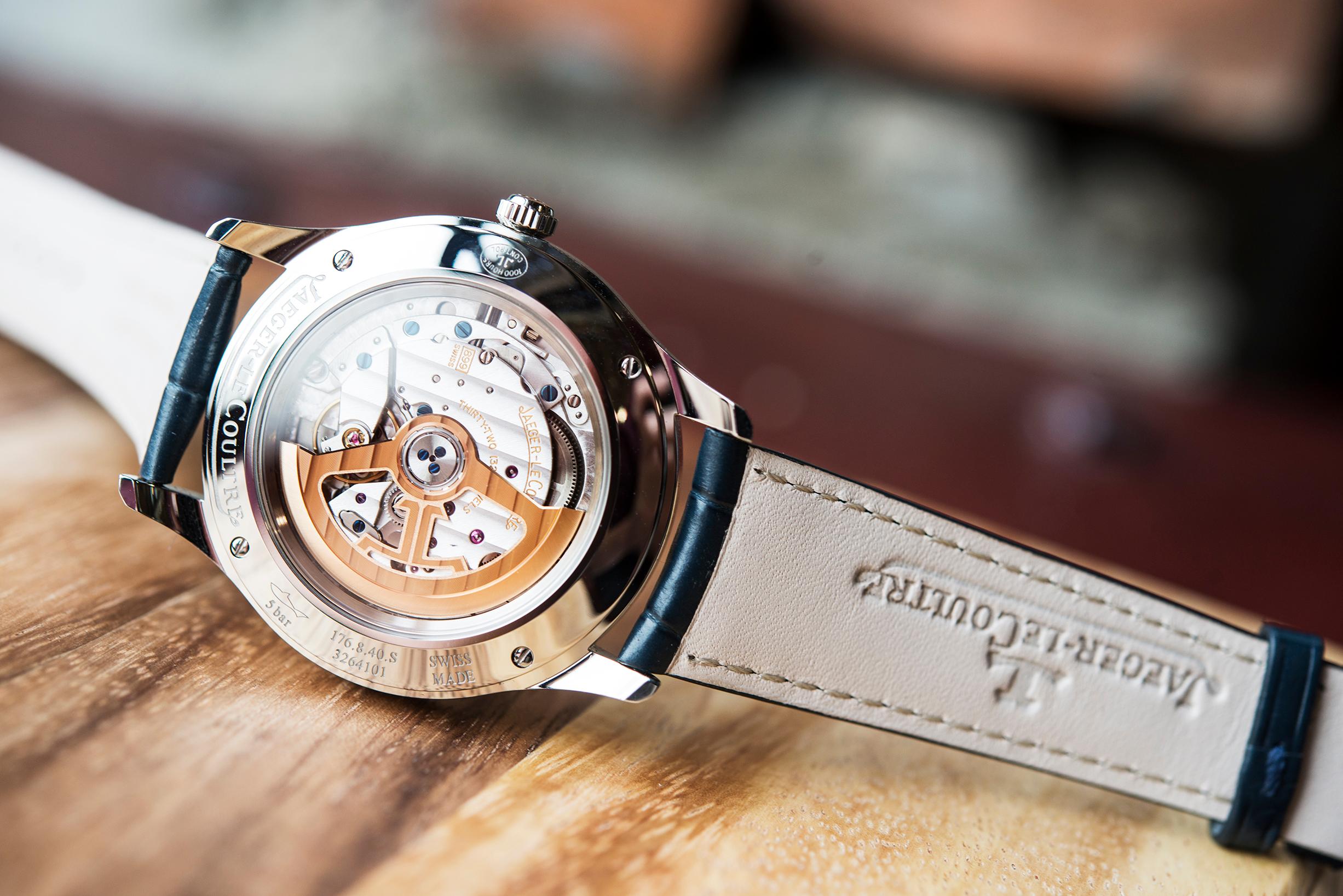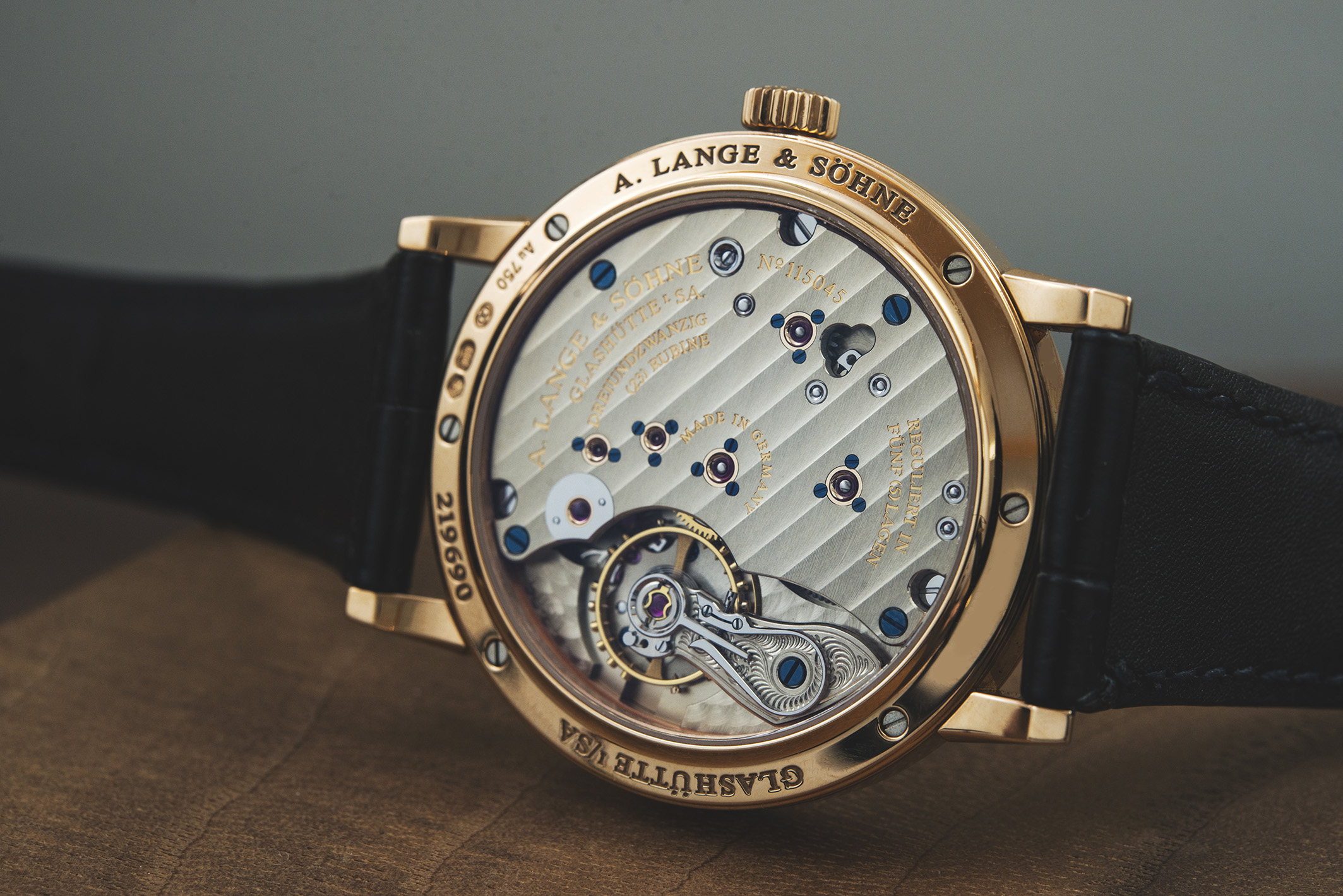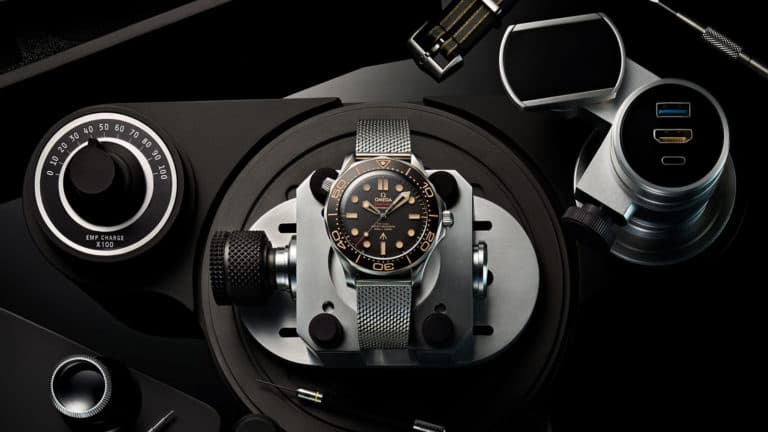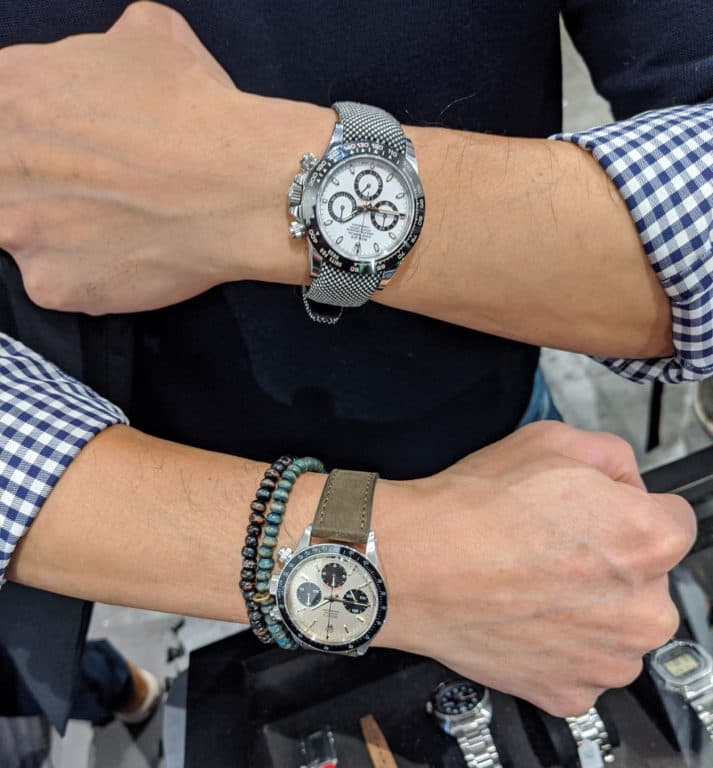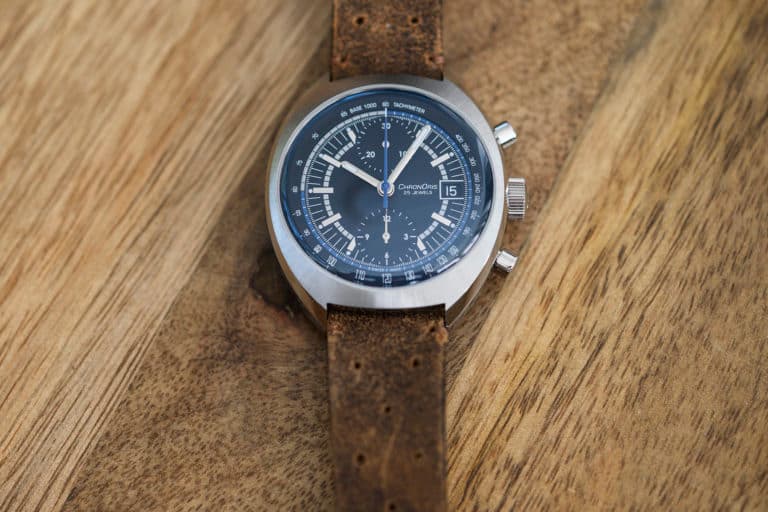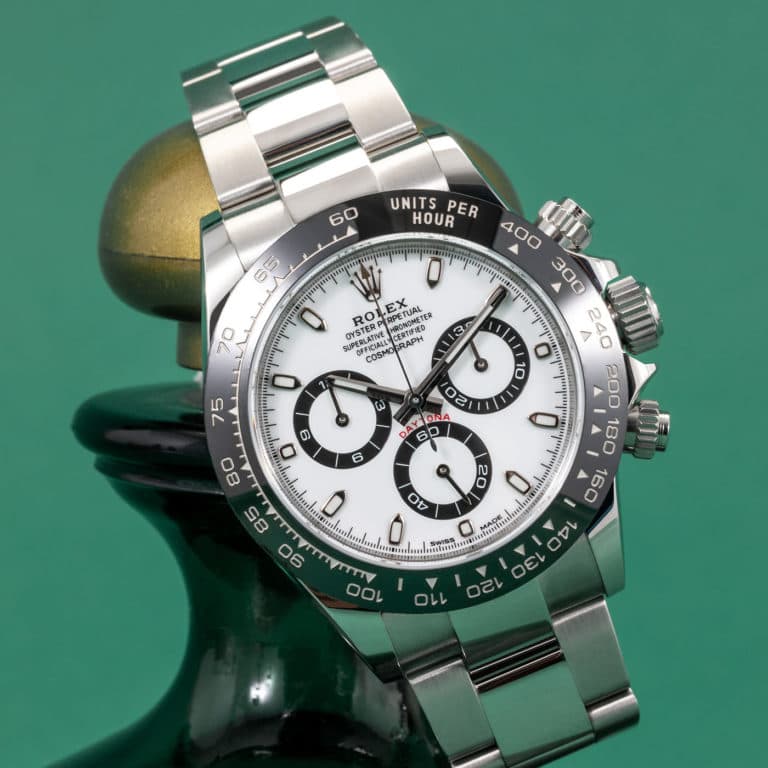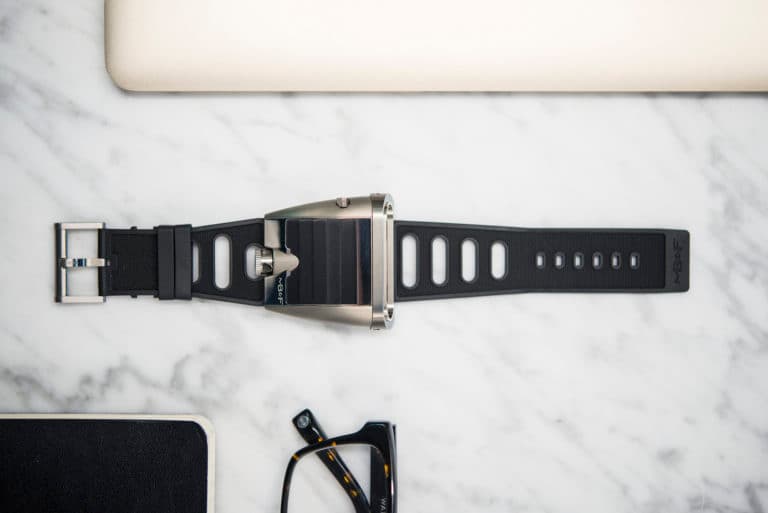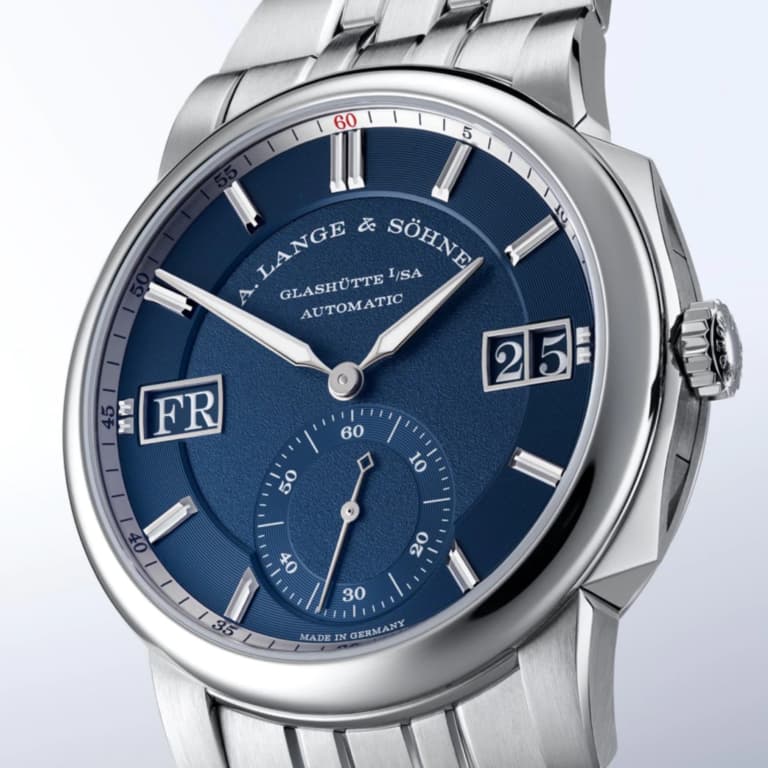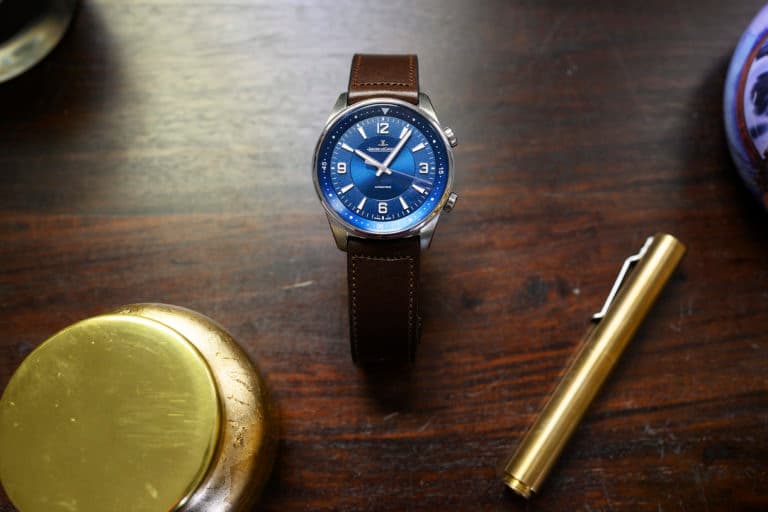Here’s a term you may have heard thrown around if you frequent the watch blog: ‘in-house’. So what’s it mean and why does it matter? Turns out, it’s not so straightforward, and it can mean slightly different things for different brands. Today, we’re unpacking this increasingly generalized term so you know what you’re looking at the next time you flip over a seemingly bespoke timepiece with an in-house movement. Let’s take a closer look.
In broad terms, in-house means that the movement within a watch came from the brand you see labeled on the dial. From there, pinning down a more concise definition quickly moves into grey areas. For some brands, such as Rolex and Grand Seiko, ‘in-house’ means vertically integrated manufacturing of all the components of the movement, from the bridges to the springs and screws. Believe it or not, those tiny parts are among the most difficult to produce. As common as the term in-house has become, the list of manufacturers that do it all truly in-house, is rather slim.
Many brands fall within the portfolios of much larger conglomerates, such as the Swatch Group, Richemont, and LVMH. This grants them access to manufacturing resources and engineering know how that would otherwise be cost prohibitive. This means that brands such as Longines, TAG Heuer, and Baume & Mercier may use bespoke movements, but they aren’t held on the same plane as the movements you’d find from brands like A. Lange & Sohne, Piaget, and Jaeger-LeCoultre.
It’s important to note that using outsourced movements does not mean they are of lower quality. There’s a good reason that ETA manufactured ebauches (the base of a caliber) are so ubiquitous, and it’s because making a better one is downright difficult. The finishing may be basic, and the design less than inspiring, but these workhorse movements keep excellent time (check out this article on chronometers if you don’t believe me), and are easy to service. This makes them attractive options for a wide range of brands, and you’ll find them in use within watches that range from $150 to $15,000 and over.
So what are you getting with an in-house movement? Often times, you’re getting world class craftsmanship, a greater degree of complication, and, well, bragging rights. When you flip over even a time-only watch from A. Lange & Sohne, it’s easy to see the amount of hand finishing that went into it, the value of the watch is worn on its sleeves. When it comes to Rolex, you won’t find any exhibition casebacks, and that’s because their watches are tools, and the movements within are built with brute force and functionality in mind, rather than lavish finishing. The value is there, but it’s less obvious.
The next time you see the term ‘in-house’ thrown around take it with a grain of salt, and don’t base your judgment of a watch purely on the source of its movement. Even humble watches can achieve great things.


